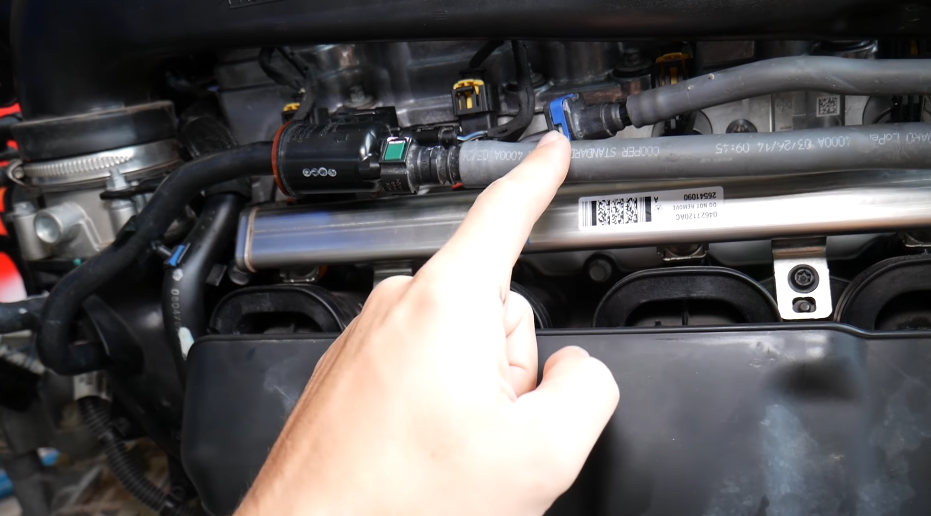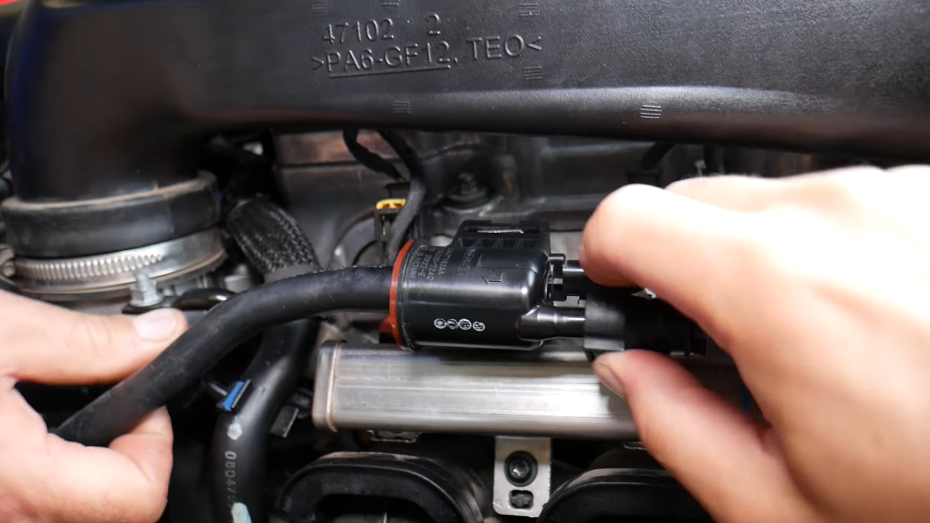Yes, a bad purge valve can cause a loss of power in a vehicle. When the valve is stuck open, it can lead to an overly rich air-fuel mixture, causing incomplete combustion and reduced engine performance. If it is stuck closed, it can create vacuum leaks, disrupting the balance of air and fuel, further impacting power delivery.
When it comes to modern vehicles, emissions control systems play a crucial role in reducing pollution and enhancing fuel efficiency. One of the key components of this system is the purge valve, part of the evaporative emissions control system (EVAP). While this small component may seem insignificant, a malfunctioning purge valve can lead to various vehicle performance issues, including a loss of power.
Contents
What is a Purge Valve?
The purge valve is an essential part of the EVAP system, which is designed to prevent fuel vapors from escaping into the atmosphere. The EVAP system captures fuel vapors from the fuel tank and temporarily stores them in a charcoal canister. When the engine is running, the purge valve opens to allow the vapors to be drawn into the intake manifold and burned as part of the combustion process. This reduces harmful emissions and ensures the vehicle meets environmental standards.
The purge valve operates under the control of the engine’s computer (ECU), which decides when to open and close the valve based on various conditions like engine temperature and load. When functioning correctly, the purge valve opens and closes at the appropriate times to maintain an optimal balance between emission control and engine performance.
How a Bad Purge Valve Causes Loss of Power
The primary function of the purge valve is to manage the flow of fuel vapors from the charcoal canister into the engine’s intake manifold. If the purge valve is faulty, it can either stay stuck open or closed. Here’s how each scenario can contribute to a loss of power:
- Stuck Open Purge Valve: When the purge valve is stuck open, it allows fuel vapors to enter the engine uncontrollably. This can result in an overly rich air-fuel mixture, meaning there is too much fuel in relation to the air in the combustion chamber. A rich mixture can lead to incomplete combustion, reducing the engine’s ability to generate power effectively. This condition can cause the engine to hesitate, struggle to accelerate, and perform sluggishly overall.
Additionally, excess fuel vapors can flood the engine, particularly when the car is idle or starting from a complete stop, leading to rough idling and loss of power. In severe cases, the engine may stall altogether. - Stuck Closed Purge Valve: On the other hand, if the purge valve is stuck closed, the fuel vapors in the charcoal canister will not be able to enter the intake manifold. While this may not immediately lead to a loss of power, it can cause a buildup of fuel vapors in the EVAP system.
Over time, this can put stress on other components and result in a vacuum leak, which affects the engine’s overall performance. A vacuum leak can disrupt the balance of air and fuel, leading to lean fuel conditions (more air than fuel), which can reduce power output.

Fixing a Bad Purge Valve
If a bad purge valve is diagnosed, the only solution is to replace it. Fortunately, replacing the purge valve is a relatively simple and inexpensive repair that can typically be completed in under an hour by a professional mechanic.
After replacing the valve, it’s important to clear the stored trouble codes from the ECU and take the vehicle for a test drive to ensure the issue has been resolved. If the loss of power persists, further diagnostics may be required to rule out other potential causes, such as issues with the fuel injectors, throttle body, or mass airflow sensor.

Frequently Asked Questions
Here are some FAQs about the bad purge valve –
1. Can driving with a bad purge valve damage the engine?
Yes, driving with a bad purge valve can cause long-term engine issues, including damage from running too rich or too lean. It’s best to address the issue promptly.
2. How much does it cost to replace a purge valve?
The cost of replacing a purge valve typically ranges from $100 to $200, depending on the make and model of the vehicle and labor rates in your area.
3. How long does it take to replace a purge valve?
Replacing a purge valve usually takes about 30 minutes to an hour for a professional mechanic, as it is a relatively straightforward procedure.
4. Can a bad purge valve affect fuel economy?
Yes, a bad purge valve can lead to poor fuel economy due to an imbalanced air-fuel mixture, causing the engine to burn more fuel than necessary.
5. Is a faulty purge valve covered under warranty?
If your vehicle is still under warranty, a faulty purge valve may be covered, especially if it falls within the emissions system warranty. Check with your vehicle manufacturer for details.
Conclusion
A bad purge valve can indeed cause a loss of power by disrupting the air-fuel mixture or leading to vacuum leaks. While it may seem like a small component, its malfunction can have a significant impact on engine performance. If you notice symptoms like rough idling, poor acceleration, or a check engine light, it’s essential to have your vehicle inspected and the purge valve tested. Timely repairs can restore power and ensure your vehicle continues to run efficiently.